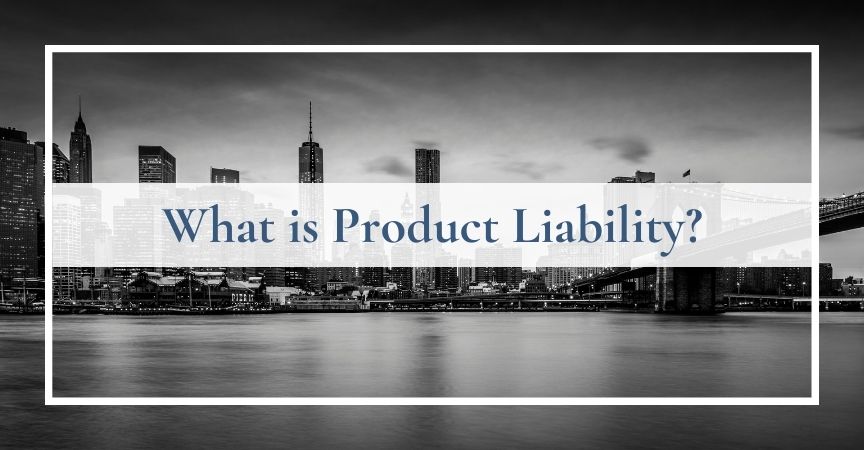What is Product Liability?
Let’s start with the definition: “The legal liability a manufacturer or trader incurs for producing or selling a faulty product.” -Oxford Dictionary.
To be specific, product liability includes people and companies at the top and bottom of the chain. The top of the chain would represent the manufacturer of component parts. The bottom of the chain would include the assembling manufacturer, the wholesaler and the retail store owner.
The subject of a product liability case would be the person who owned a product containing defects that brought harm to them. It could also include someone who borrowed or was gifted the product. A “product” isn’t just something tangible and bought from a store, it could also include things such as gas, personal writing, medical drugs and devices, pets and real estate. Harm from a product can also result in a wide range of injuries such as PTSD, broken bones, burns, TBIs (traumatic brain injuries), poisoning and electrocution.
Types of Product Liability Defeats
There are several types of product defects. Here are some common ones:
- Design defect: an electric blanket that electrocuted a user when turned to the highest setting
- Manufacturing defect: a car sold without its brake pads
- Marketing defects: a medical drug that did not adequately label the side effects when used by a pregnant person
Product Liability Case Example
Philips CPAP product liability claims have turned into a class-action lawsuit. The machines are suspected of causing cancer due to the foam in the product degrading, being swallowed by the user, and then exposing them to potentially dangerous gases and carcinogenic chemicals. This led to several users getting diagnosed with cancer and other serious health injuries. The recall was issued in June 2021 and involved an estimated 3-4 million devices that could be affected.
Do I Have a Product Liability Case?
If some of the following are true, a product could be considered for a product liability claim.
- The product was mislabeled
- The product had an inherent design or manufacturing defect
- The product was marked for improper use
- The defective product caused an injury to someone using the product and/or nearby
- A consumer used the product in a reasonably safe and proper manner and was still injured by the product
Often, a defective product can harm thousands or millions of people, not just you. This could lead to being part of a class-action lawsuit against the same negligent party.
How to Report a Product Defect
Reporting to product liability attorneys can be a wise choice because they will have your best interest in mind. A product manufacturer will ask you to send the defective product back to investigate what caused the problem. By doing so, they are taking away your top piece of evidence for a case.
Kramer, Dillof, Livingston & Moore (KDLM) has a solid track record of successfully representing victims who have been injured by defectively designed or improperly manufactured products. Our firm has obtained over 100 verdicts of over $1 million for clients and has negotiated settlements on behalf of clients in excess of $1 billion.
Talk to Us
Consumer product liability suits, industrial design faults and manufacturing defects come in many varieties. If you or a loved one has been injured by what you believe is a product design or manufacturing error, call our New York product liability attorneys today at (212) 618-6800. We will discuss your situation with you in complete confidence, and there is never a charge for a consultation.

